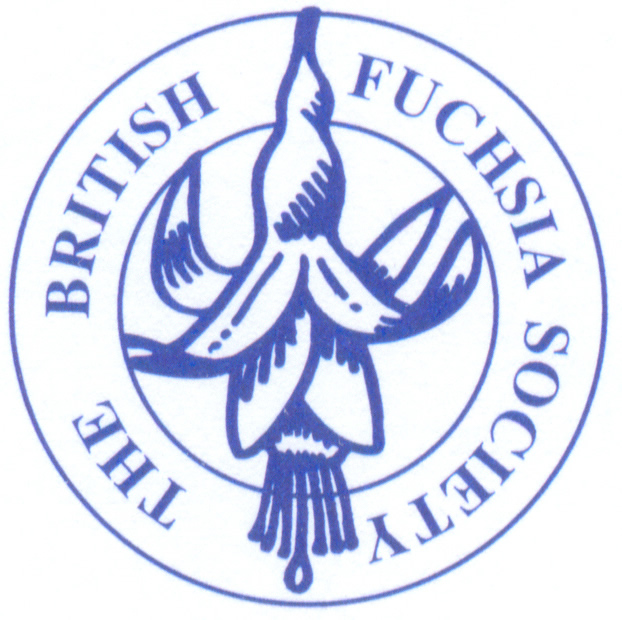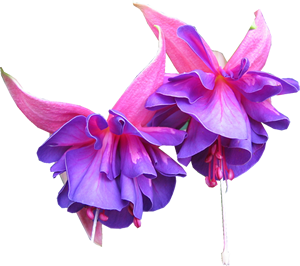
Each season has its own particular trouble, and this year it is yellowing leaves.
The fuchsia is a deciduous shrub so will naturally shed some yellow bottom leaves, but this must not be confused with leaf drop. This could be caused by an attack of aphids, thrips or red spider, but here the pests or marks can be readily seen on the leaves.
If no marks are to be seen, the trouble could be one of many reaons; all the species and triphylla hybrids are notorious for shedding their bottom leaves, mainly due to big changes in temperature, or most likely this year to incorrect watering, particularly heavy watering after excessive drying out. With our normal varieties the yellowing of leaves could most likely be either underwatering or overwatering. Another cause is where you have to use very hard tap water, for fuchsias resent too much lime. A very common cause for excessive yellowing, but which is rarely identified, is sun scorch, this is caused by spraying or hosing the foliage during the early summer weeks, without adequate shading and letting the sun’s rays dry off the moisture. Established plants in their second year or older, which have not been repotted with fresh compost very often show foliage yellowing due to the lack of magnesium.
There is usually a large reserve of this essential trace element in our potting composts, but it is when we are growing the same plants in the same compost that we exhaust the supply and then magnesium deficiency starts to make itself felt with the lower leaves turning pale yellow.
Magnesium’s important role within the plant is a constituent of chlorophyll, the substance which makes plants green. Chlorophyll is essential as it is responsible for absorbing the sun’s energy and turning it into chemical energy enabling the plant to make food grow.
Excessive magnesium deficiency is not common but when it does happen, it is found first in the greenhouse. Without this trace element the plant cannot make chlorophyll: pale yellow spots and streaks appear on the lower leaves, which eventually drop off. A severe shortage can render plants leafless by mid summer, much the same as a bad attack of red spider.
The remedy is quite simple—a dose of Epsom salts at the rate of loz to the gallon and applied either as a foliar spray or watered in two or three times when the first symptoms appear.
Another trace element deficiency which will turn the upper leaves yellow is iron deficiency. This will need an application of Sequestrene Plant Tonic or Sequestrene Granules or Maxicrop with Iron. Another product which produces results is Bio Multi Tonic
Plants bedded out will also experience yellow leaf drop, these are usually the victims of excessive changes in temperature. The plants were not hardened off enough before being planted, and especially where plants have not been repotted with fresh compost before bedding out.







